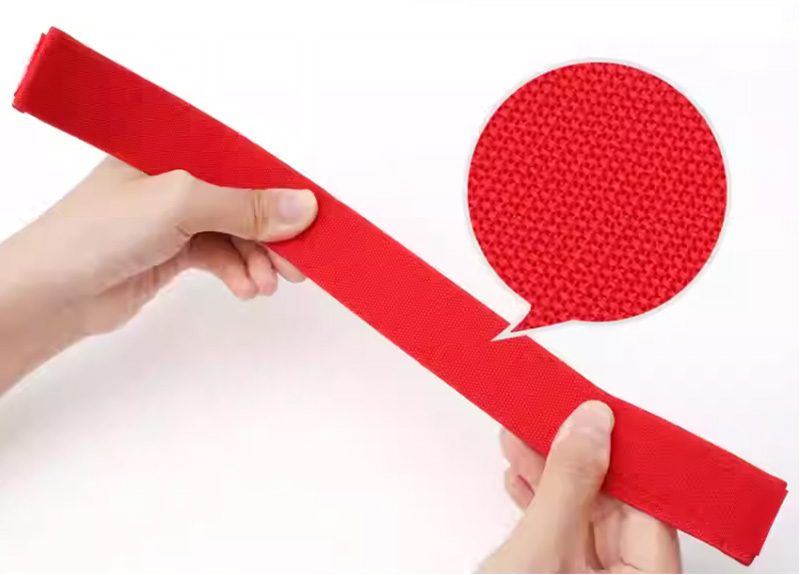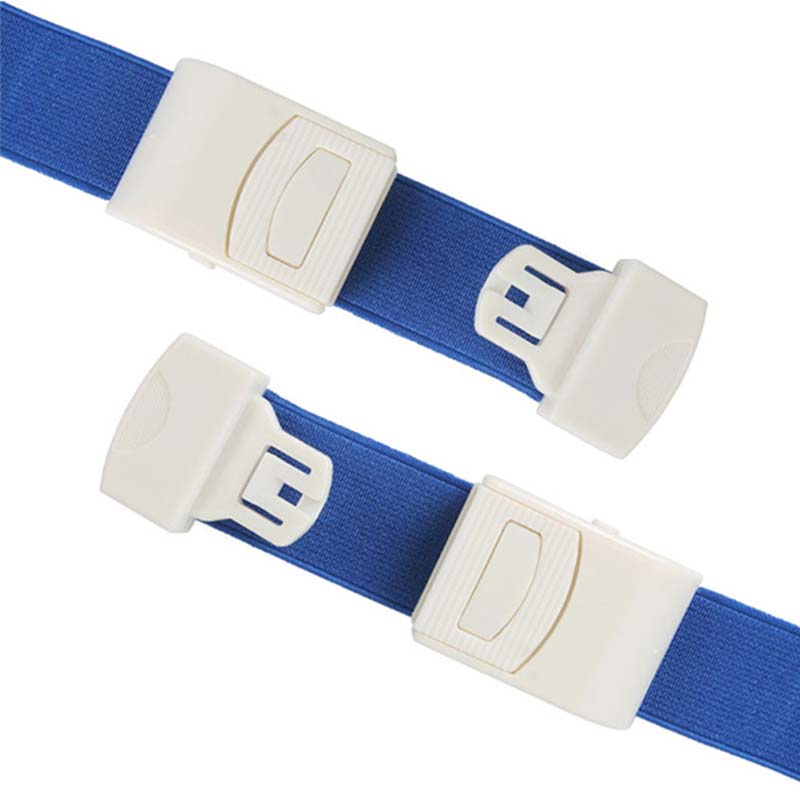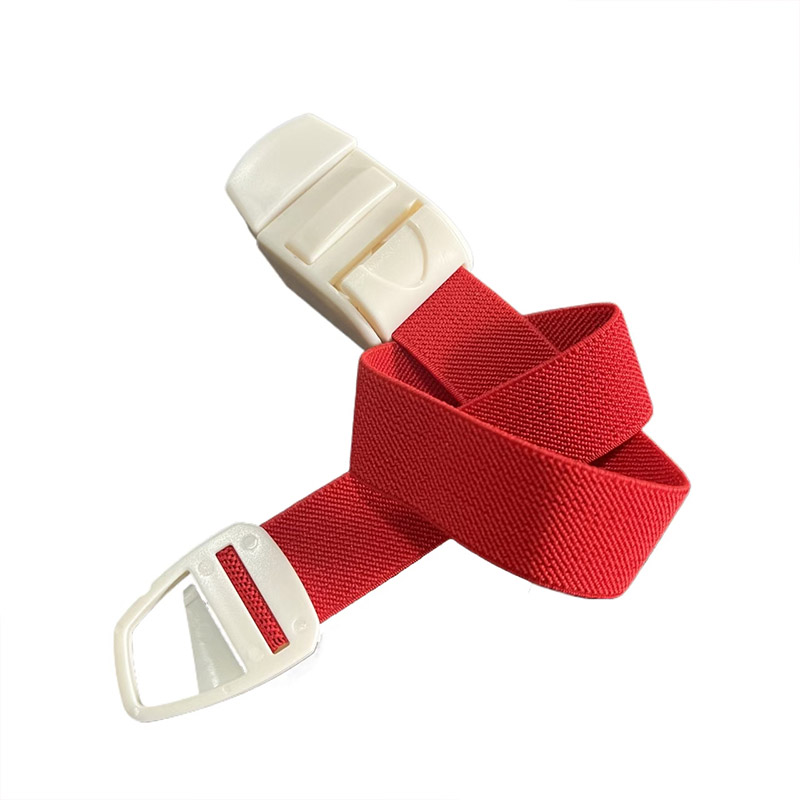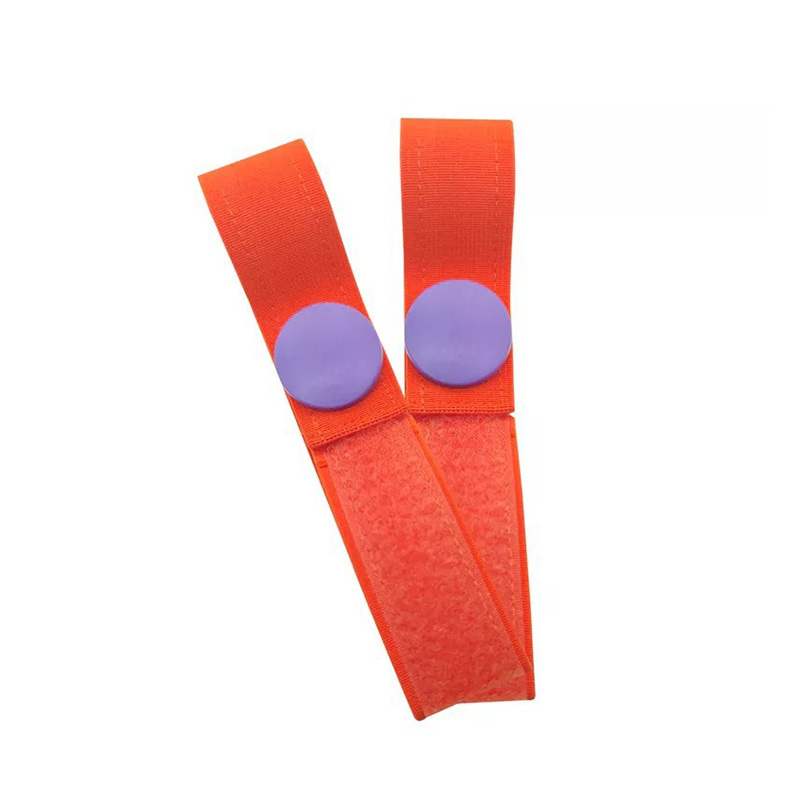Medical Dialysis Tourniquet
Send Inquiry
For patients with end-stage renal disease, hemodialysis is the "life-saving key" in modern medicine - it not only helps countless patients live many more years, but also allows everyone to no longer suffer from excessive pain and live a better quality of life. During the hemodialysis treatment process, there is an assistive device that seems simple but plays a crucial role - the Medical Dialysis Tourniquet. It is like a silent guardian, silently exerting its strength in every hemodialysis treatment, laying a solid foundation for the smooth progress of the treatment process, and building a line of defense for the patient's life safety. This role is always irreplaceable.
Product Benefits:
The core of hemodialysis treatment is to draw the blood from the patient's body through a dialysis machine, filter out metabolic wastes and excess water through a dialyzer, and then return the purified blood to the patient's body. During this process, the vascular access is the "lifeline" connecting the patient to the dialysis machine, and the Medical Dialysis Tourniquet is an important tool for maintaining the stable operation of this "lifeline".
How the Product Works:
The working principle of a Medical Dialysis Tourniquet may seem simple, but it actually involves certain medical and physical knowledge. The core principle is to apply a certain pressure to the local area of the human limb (usually the arm), temporarily blocking the return of some venous blood, increasing the pressure within the local blood vessels, thereby filling and dilating the blood vessels, which is convenient for medical staff to perform vascular puncture and maintain the stability of vascular access.
Product Advantages:
The correct use of Medical Dialysis Tourniquet is a key link to ensure the smooth progress of hemodialysis treatment and the safety of patients. Medical staff need to strictly follow the standardized operation procedures when using Tourniquet, closely observe the patients' reactions, and promptly handle any possible problems.
















